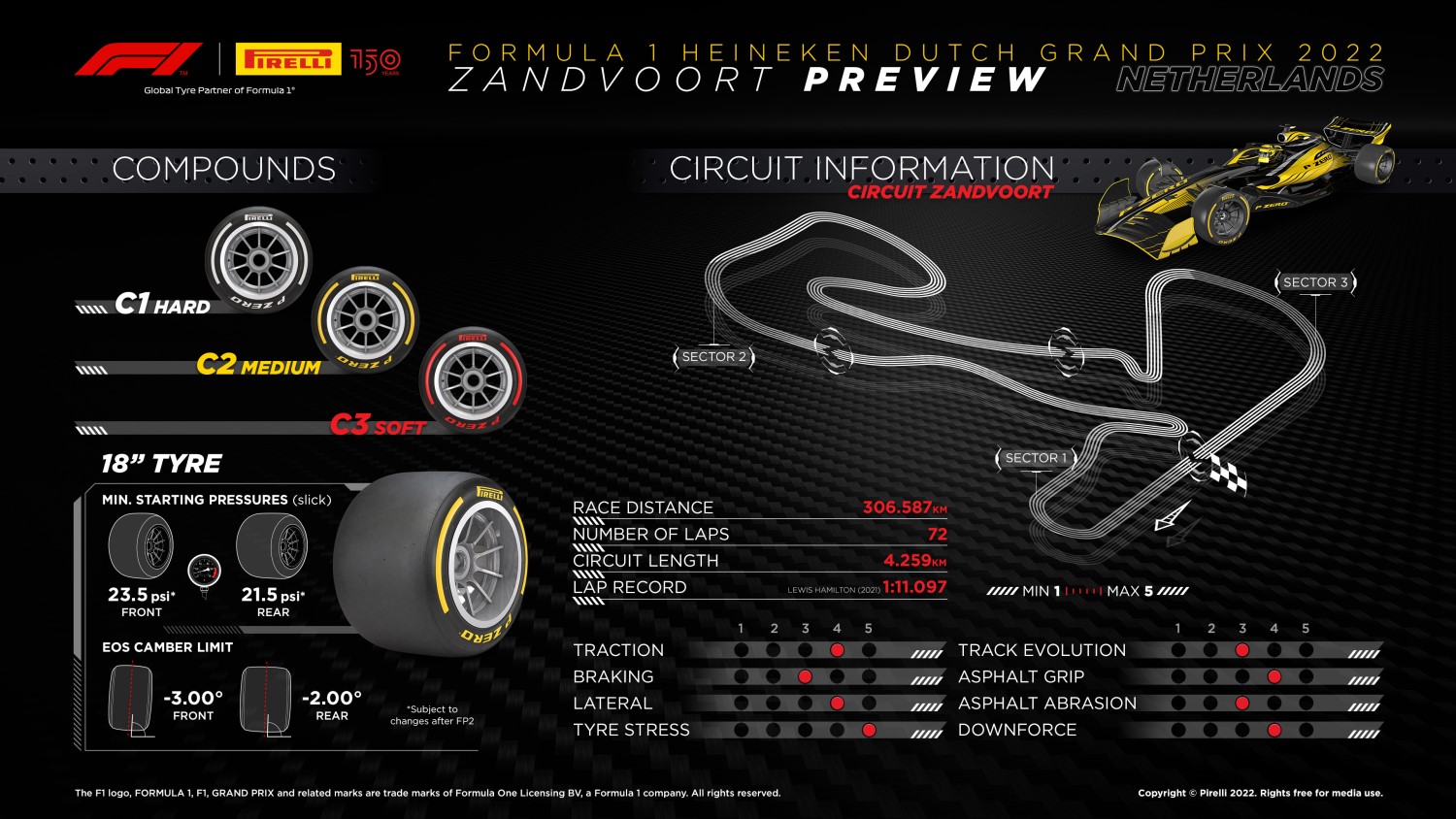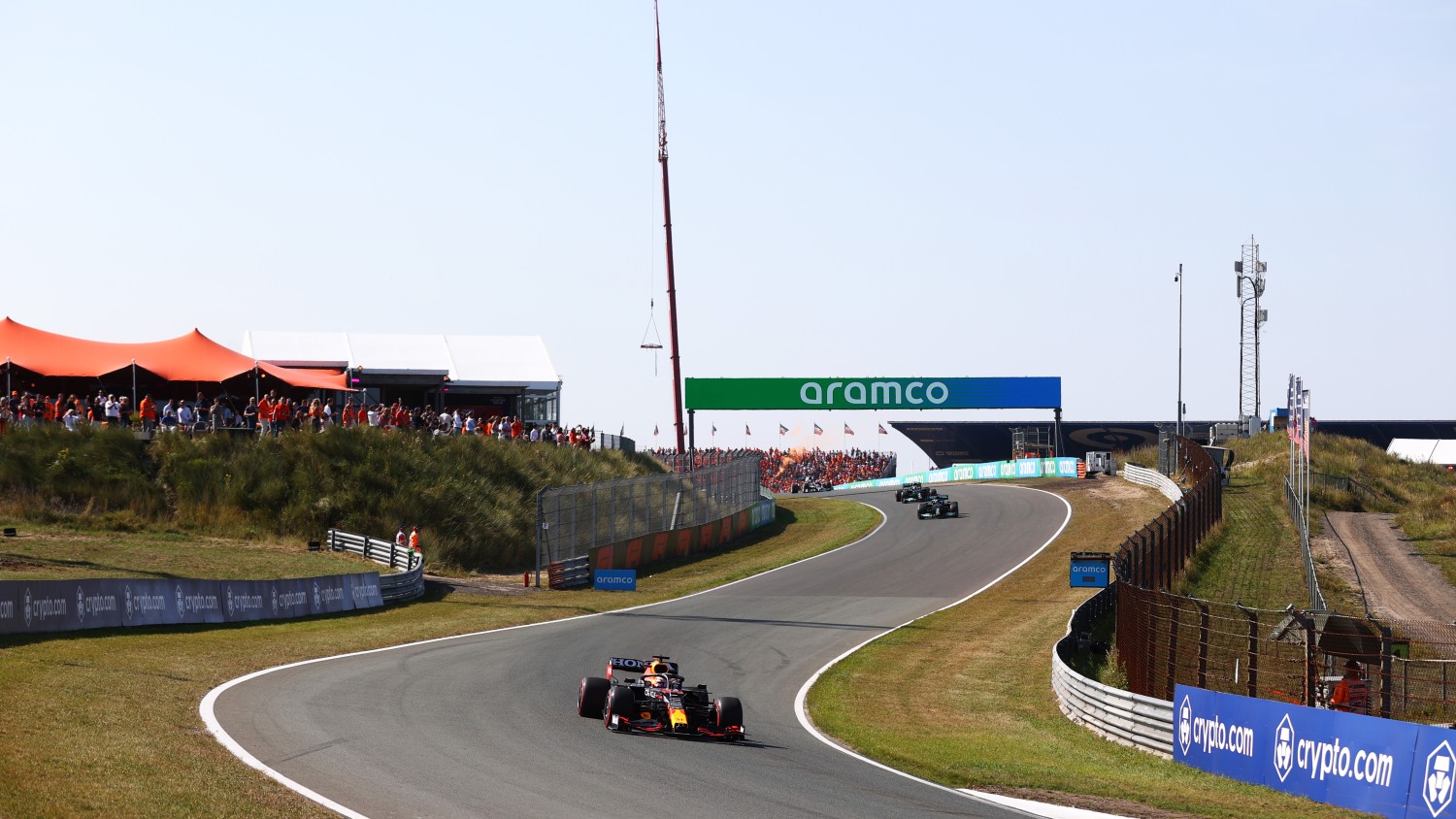F1: Dutch GP Preview
The Formula 1 teams are heading straight from Belgium to the Netherlands for the 2022 running of the Formula 1 Dutch Grand Prix, Round 15 of the season and the 2nd race of the late summer triple-header.
Circuit Zandvoort returned to Formula 1’s calendar in 2021 after a hiatus that had stretched to 36 years. Its history can be traced back to the late 1930s, when the coastal sand dunes were selected for a race track, with construction of a circuit commencing in the mid-1940s.
The flowing and undulating circuit was a regular on the Formula 1 schedule before being lost in the mid-1980s. It was shortened and renovated, holding national events, before being revived as a grand prix amid the rise of Dutch hero and current World Champion Max Verstappen.
The circuit received rave reviews from drivers following its rejuvenation, with the high-speed plunge through Scheivlak and the Arie Luyendijk Bocht – which features 18-degree banking – particularly applauded. Track position is key at Zandvoort, meaning a strong Saturday should set up a profitable Sunday, but drivers proved in 2021 that on-track passing is feasible at multiple turns.
The Dutch really know how to make a sport event colorful: most of the fans may be there to support their local hero, and the stands are expected to feature a sea of orange.
Last Year’s Race
Except for the first pitstop, local hero Max Verstappen dominated the Dutch GP before his throng of loyal fans, keeping the Mercedes of Lewis Hamilton at bay the entire way to win at Zandvoort in his Red Bull Honda. It was Verstappen’s 17th F1 win.
Hamilton made an extra pitstop on the last lap to get the fastest lap point, otherwise the gap would have been a bit over 2-seconds.
Everyone else was out to lunch.
Valtteri Bottas was third, almost a lap behind
Pierre Gasly in 4th, and Charles Leclerc in 5th were over a lap behind.
Fernando Alonso did pick off Carlos Sainz Jr. on the very last lap for sixth, with Sergio Perez in eighth (after starting last) having also passed Esteban Ocon late on. Lando Norris rounded out the top 10.
The cars are very different this year.
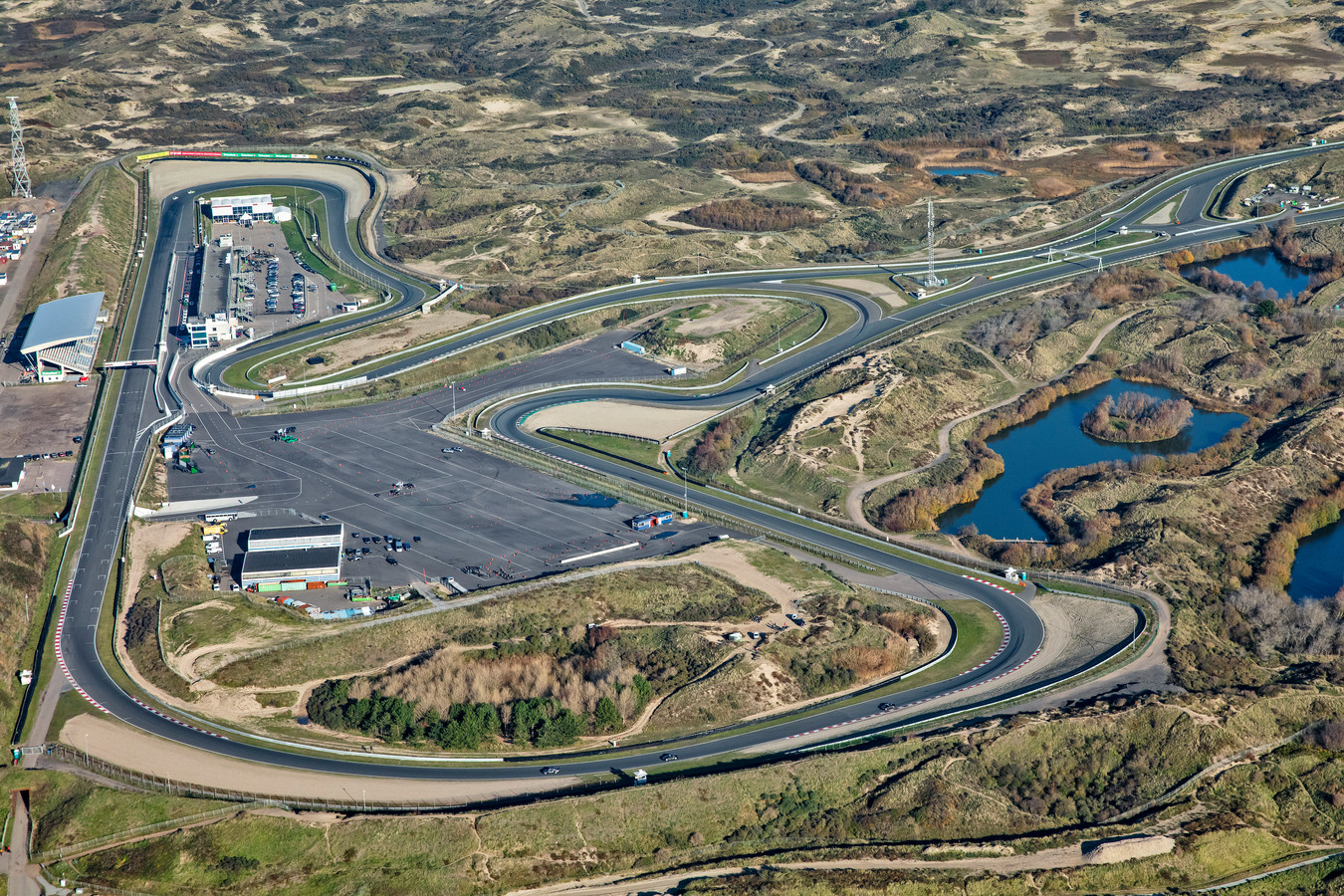
Defending Race Winner Max Verstappen
“After the successful weekend we’ve had in Spa, I’m really looking forward to the Dutch GP. There’s a lot more downforce required at the track in Zandvoort so it will be harder for us to be dominant, I expect Ferrari to be strong there. I, of course, want a good result, but it’s important to always score points, lets hope we can do a good job. It will be great to have my family there supporting me, I’m just going to enjoy the weekend with all the fans, it’s going to be pretty crazy.”
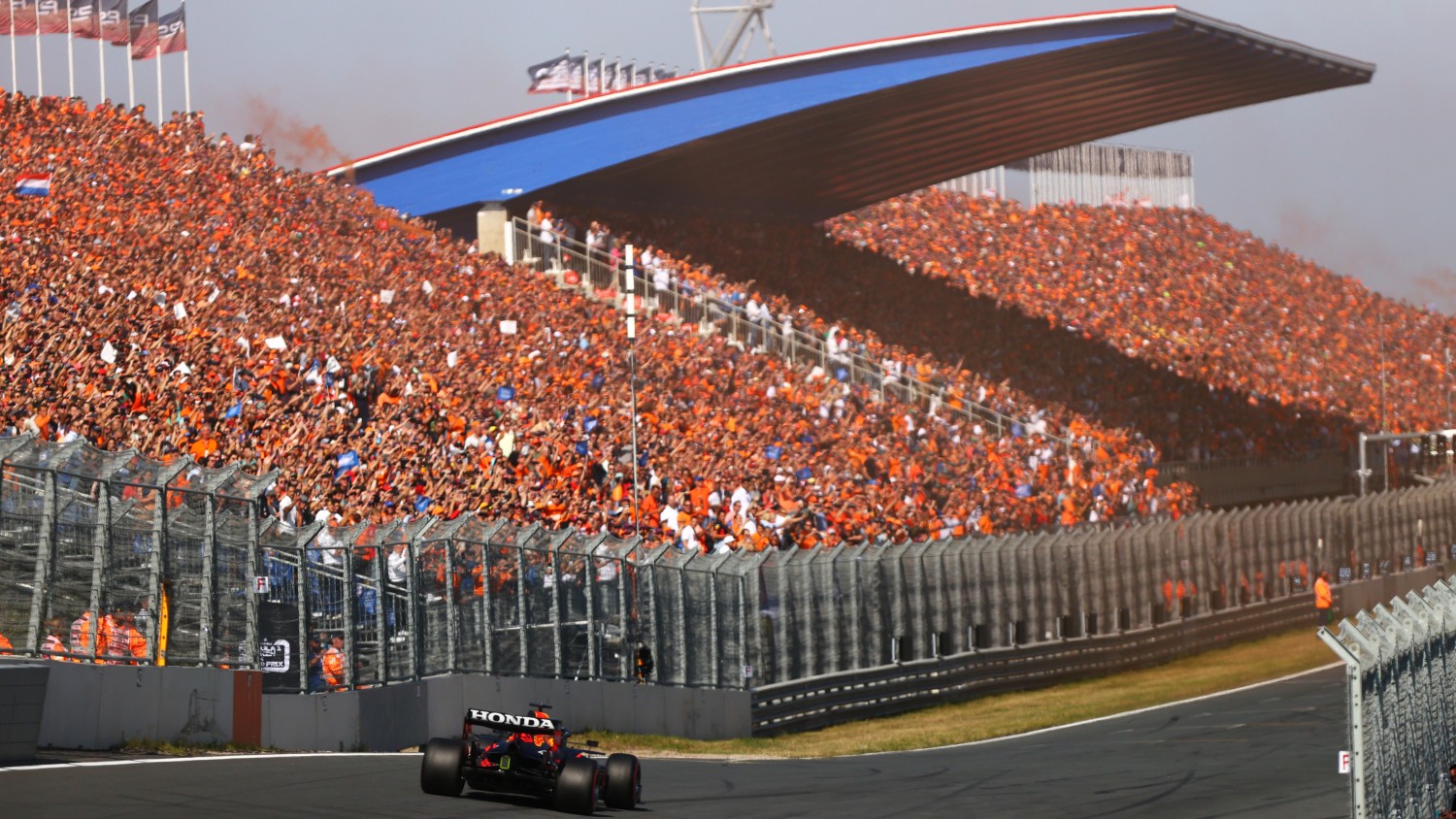
Dave Robson, Williams Head of Vehicle Performance
Zandvoort provides quite a different challenge to last weekend in Spa with the circuit configuration being considerably different and the tire compounds being a step harder. The hard C1 compound was previously taken to Bahrain, Barcelona and Silverstone and could be a tricky compound this weekend. However, the Medium and Soft compounds are likely to work well.
The banking and elevation changes at this track were easier to accommodate than we first feared last year, and by qualifying we had the car in a decent window. That experience should allow us to start Friday in a good position and give us opportunities to both explore the tire behavior thoroughly.

Fact File: Dutch Grand Prix
- In general, Zandvoort has an old-school feel, with fast and flowing corners, a mix of corner speeds, undulations, gravel traps and banked turns. It’s definitely a unique challenge for the drivers and puts many aspects of an F1 car to the test.
- Zandvoort is also unique in its location, nestled in the rolling sand dunes and next to the beach on the West coast of the Netherlands. The main straight is the closest part to the coast and the back section winds its way through the dunes.
- Zandvoort doesn’t feature many long straights and a lot of the lap is spent cornering. Due to this, it’s a track with low power sensitivity and engine duty, so the F1 Power Unit has an easier time in the Netherlands than at other tracks, where it is worked harder.
- Because of the many high-speed changes of direction, where the mass of the car can work against you, Zandvoort has the highest mass sensitivity of the year – which means, carrying more fuel will be more penalizing.
- It’s below average for tire duty and wear, because most of the corner speeds and loads sit in the middle of the road – there are few high-duty turns generating big forces for the tires. Many sequences are also very flowing rather than stop/start, which puts traction demand into the tire.
- Overtaking is challenging at Zandvoort due to the almost constant sequence of cornering, apart from the main straight (which leads into not a particularly big braking zone) and the back straight (which isn’t very long). This means qualifying performance and pace is vital and makes it one of the most important qualifying sessions of the year.
- Zandvoort is the third-quickest lap time of the season, behind the Red Bull Ring and Interlagos. The fastest lap of last year’s race weekend was a 1m08.885.
- It is the third-highest track for downforce sensitivity, which means a track where maximum or very high downforce is required. The only two tracks that are higher than Zandvoort are Budapest and Monaco.
- We experience two very different tarmacs at Zandvoort, which means the tires behave quite differently on one relative to the other. There’s some new, smoother tarmac laid in 2020, and the rest of the track features an older, more aggressive surface. This makes it tricky to rebalance the car for all corners because the surfaces can be different from one corner to the next.
- Turns 13 and 14 make up the final section of the track and the corners are banked 18 degrees – around twice as steep as the Indianapolis Motor Speedway. And this puts different kinds of forces through the cars and tires – they’ll be feeling vertical loads here, rather than lateral. The drivers also experience these vertical loads, meaning they get pushed into their seats rather than from side to side with lateral loads.
- The corner exit out of the banked Turn 3 is important, because of the long, flat-out sequence of turns that follows. So, traction and speed carried through this corner is vital for finding time and finding momentum into the section that follows. Drivers will often take a higher line through this banked corner to do this.
- The pit lane length is just 235 meters in Zandvoort, the shortest of the entire season. However, because of this, it’s an incredibly tight pit lane, and the speed limit is lowered from the usual 80 km/h to 60 km/h.
- Drivers experience 5.2g through the long, sweeping Turn 7 at Zandvoort, one of the highest lateral g-forces of the entire season.
Unlocking the Lap
Strategy: For the first time since July’s British Grand Prix, the hardest compounds of tires – the C1, C2 and C3 – will be used. Teams adopted a mix of one- and two-stop strategies last year, and the same could be the case for 2022 – especially with the increased degradation seen across the field this season.
Race disruptions: While last year’s race featured no interruptions, the nature of the circuit and its few run-off areas mean there is certainly scope for a Safety Car or a Virtual Safety Car, which have both been used on a higher-than-usual basis in 2022. The support races had frequent interruptions last year.
Overtaking: This is not an easy circuit upon which to overtake, and the two short DRS zones are the preferred location for passing. Last year, 71% of moves were made into Turn One’s hairpin, and just 21 passes were made in total after lap one. Even with fresher tires, it will be tough to make a pass stick, but it will be well-earned.
The 19-degree banked Hugenholtzbocht – Turn Three – invites drivers to adopt multiple lines, meaning cars can be driven side-by-side through the turn. However, the narrowing exit causes a convergence of racing lines, meaning drivers need to battle for dominance. Expect fireworks in the early laps.
The following high-speed sweepers lead to Turn Seven – Scheivlak – a mightily fast right-hander. This corner is laced by a long, deep gravel trap and is key to a quick lap: a number of corners follow in quick succession, so getting one turn wrong can heavily compromise the whole sequence.
There is only a single long straight at Zandvoort – the pit straight – and cars feed onto it from the Kumhobocht (Turn 13), a deceptively tight, high-kerbed right-hander, and the final corner, which is a steep, 18-degree-banked turn, aptly named after Indianapolis 500 winner Arie Luyendyk.
Sold Out
The 2022 Dutch GP was already sold out back in November of last year.
The first modern Formula 1 race at the Zandvoort circuit in 2021 was a roaring success, off the back of local hero Max Verstappen’s popularity and title challenge.
Weather Forecast
Friday
Following a glorious build-up throughout the week, clouds start to roll in for the two practice sessions.
There will be plenty of sunshine early on, making way, though, for sunny intervals during FP1 and FP2 in which temperatures will be a very pleasant 24 degrees Celsius, with chances of a shower less than 10 per cent.
There will be a strong breeze, however, blowing at 15 miles per hour from the east.
Saturday
This is when it starts to get interesting as light rain is forecast throughout the morning, which may also prevail into qualifying.
At this stage, there is little chance of any sun breaking through, which means a drop in temperature throughout the day, with a likely high of 20.
The breezes continue to blow, reaching 13mph in an east-south-east direction.
Sunday
We should be in for a dry day as Saturday’s rain makes way for a mix of cloud and sunny bursts. It is likely once the rain starts there will be a blanket of clouds, with a low chance of rain.
Temperatures will at least be a pleasant 23 degrees but those breezes will again be in evidence, blowing at 13mph from the southeast.
Tires
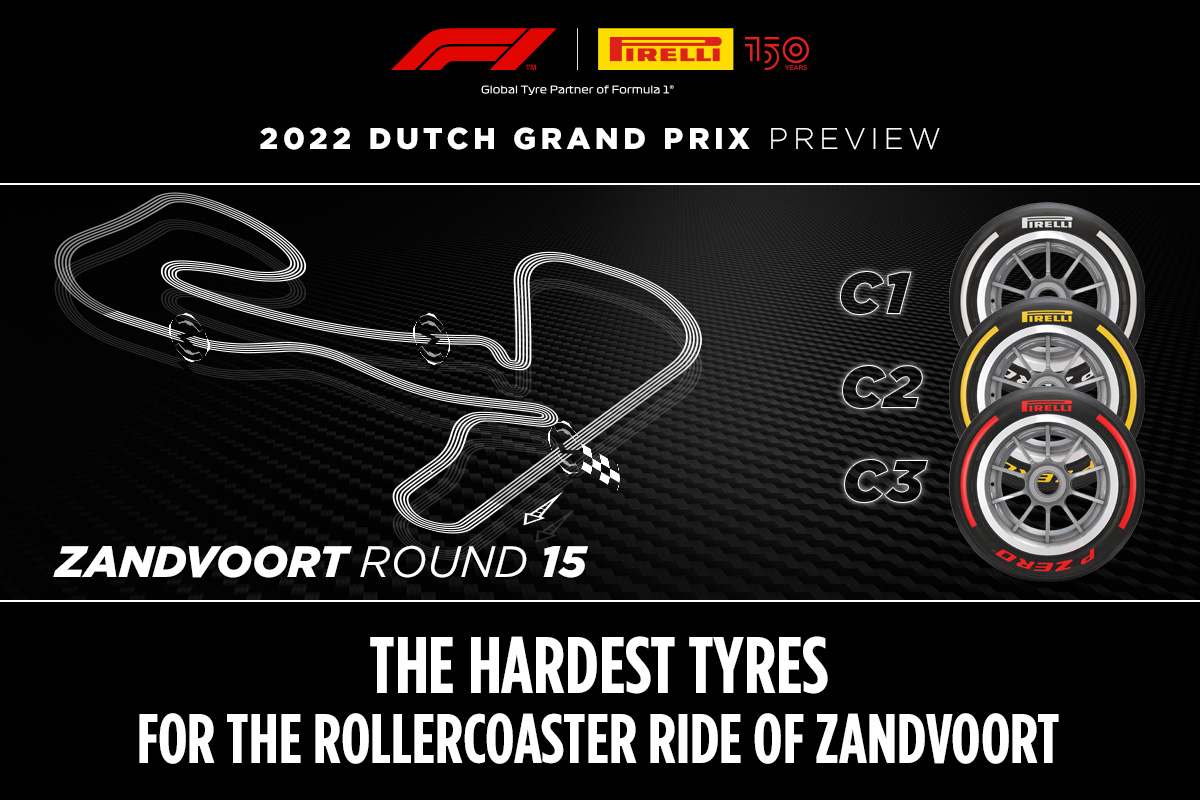
“Zandvoort proved to be a spectacular addition to the calendar last year, and the most challenging parts for tires are the banked Turns 3 and 14, which are taken at high speed and place sustained combined forces on the car: downforce as well as lateral demands. Along with the other overall demands of the circuit layout, this is why we have nominated the hardest three compounds in the range for only the fourth time in 2022, after Bahrain, Spain and Great Britain. The new car-tire package this season should make overtaking easier on a track where it was hard to pass last year: the majority of drivers stopped just once to maintain track position, but this time there could be more of a focus on the softer compounds – which might lead to more two-stoppers and drivers pushing even harder.” Mario Isola/Pirelli F1 Boss
- The three hardest compounds have been chosen for Zandvoort: C1 as the P Zero White hard, C2 as the P Zero Yellow medium, and C3 as the P Zero Red soft.
- This year, there’s a bigger gap between the C1 and C2 compounds than there was previously: another reason why teams might concentrate more on the two softer compounds this weekend.
- The banking on Turns 3 and 14 is around 18 degrees: by way of comparison, the historic banking on the old circuit at Monza (up next on the calendar) is roughly 30 degrees on average. Of other modern circuits, Indianapolis has nine degrees of banking and Jeddah has 12 degrees.
- Zandvoort generates some big g forces all around the 4.2-kilometre track: braking into Turns 1 and 11 is a deceleration of about 5g, while Turn 7 also provides lateral forces of around 5g.
- As the name suggests, Zandvoort can be affected by sand blowing onto the surface: the coastal location can also lead to frequent changes in wind direction.
